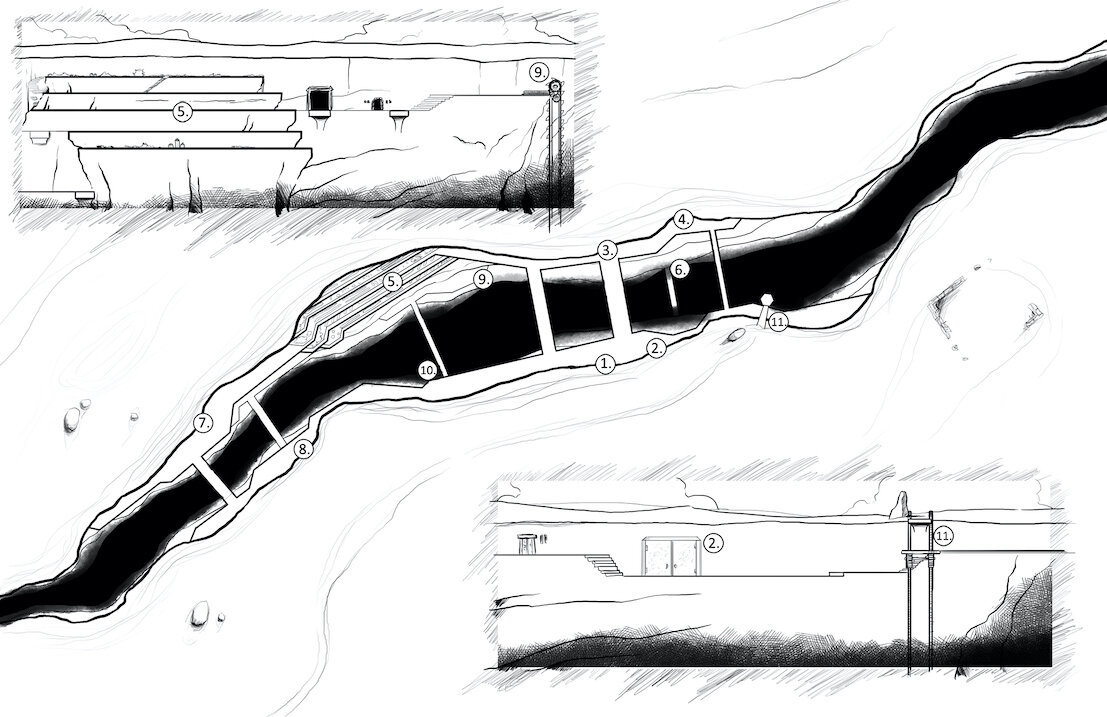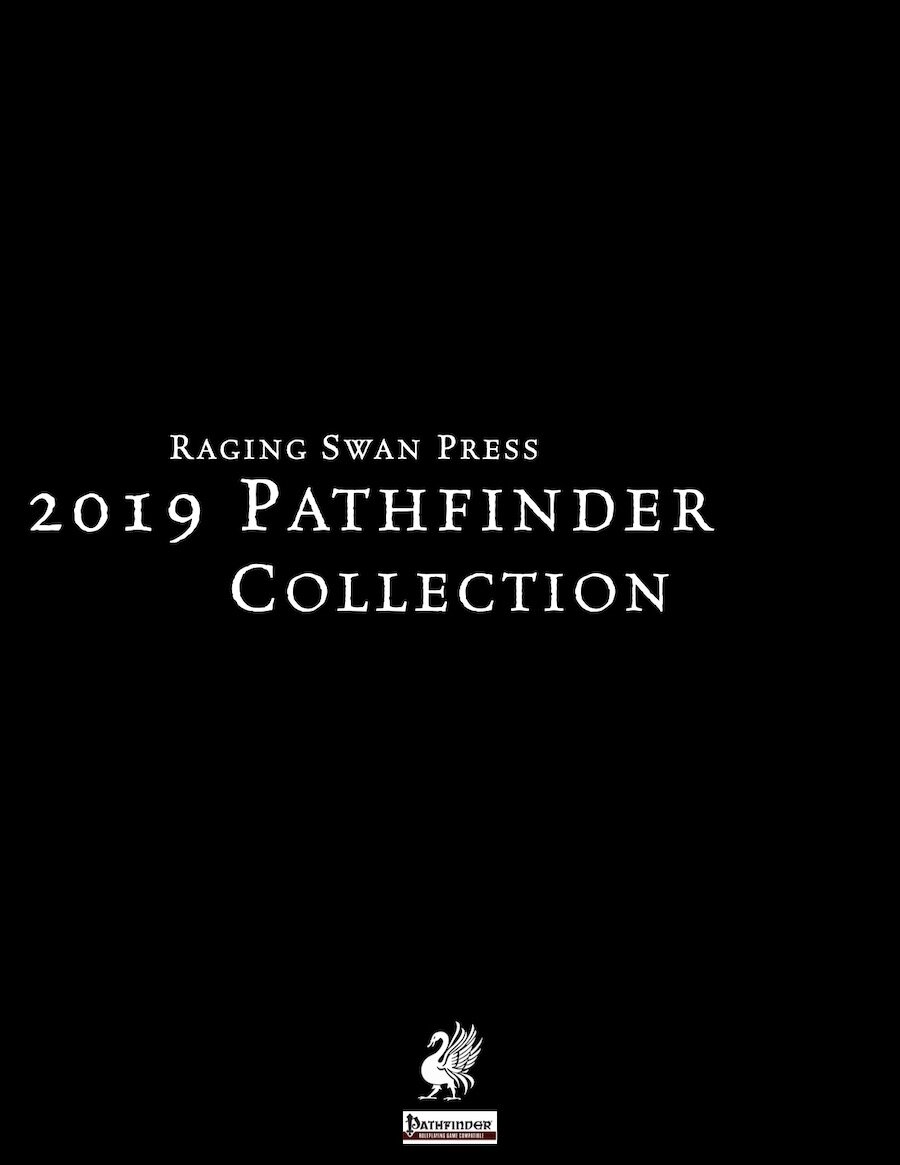GM's Miscellany: Village Backdrop V
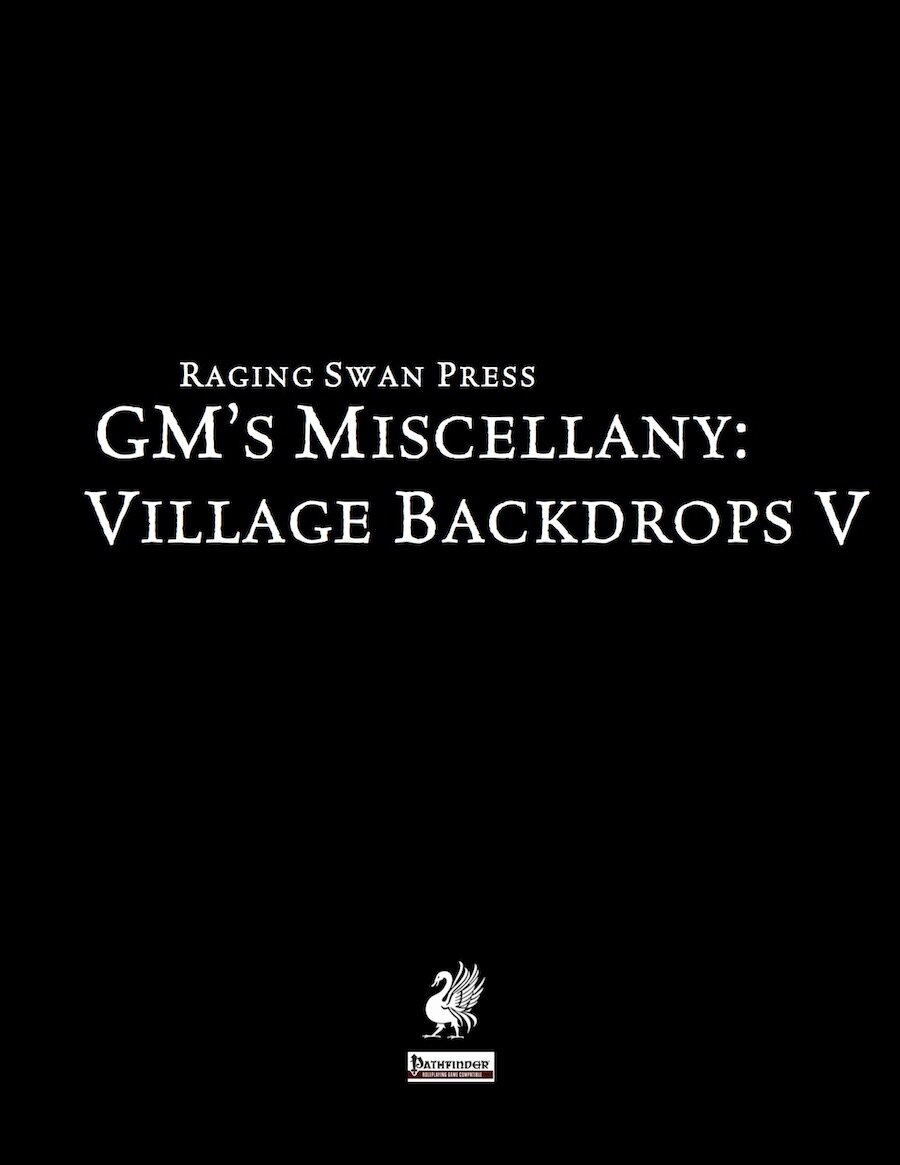
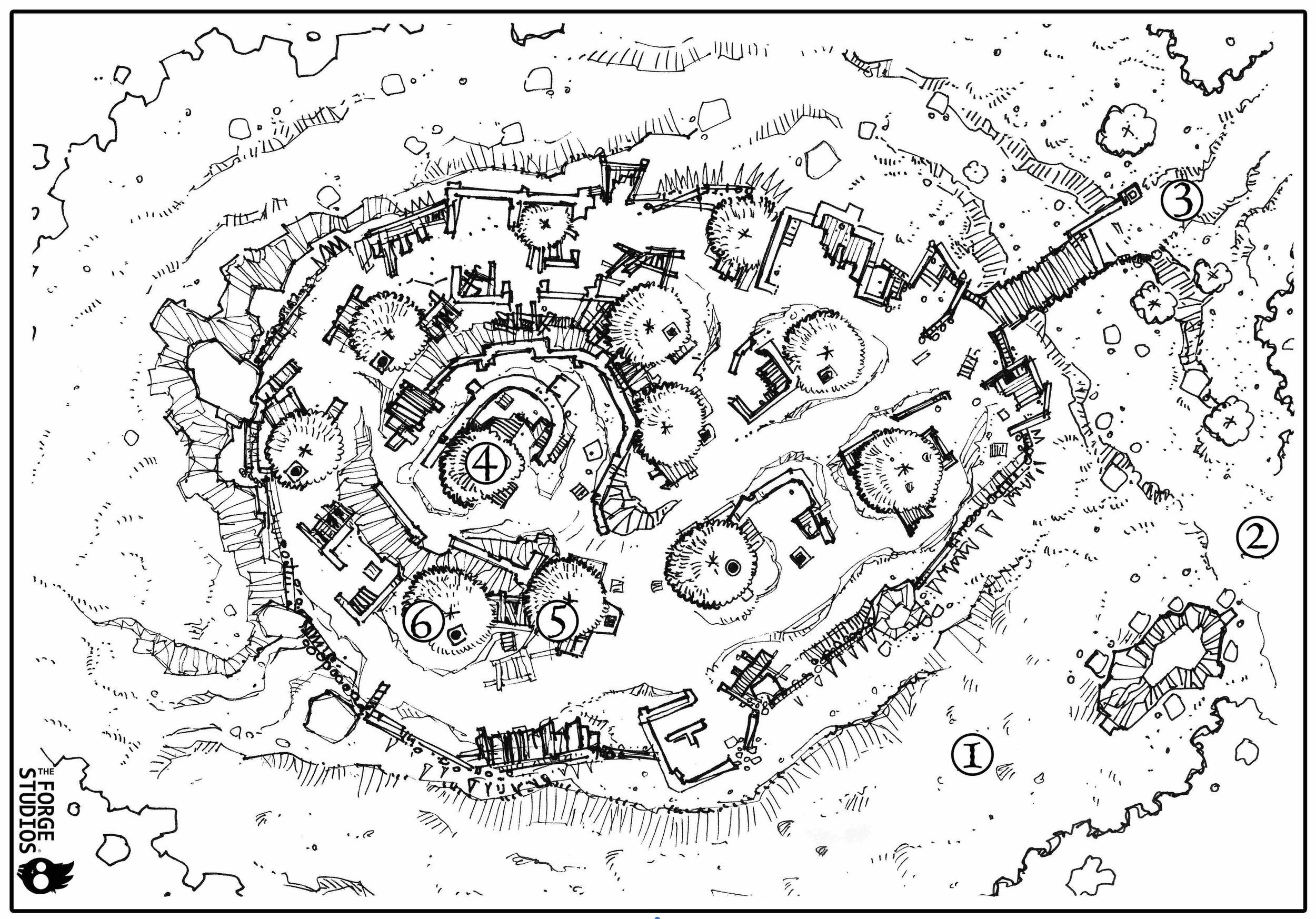
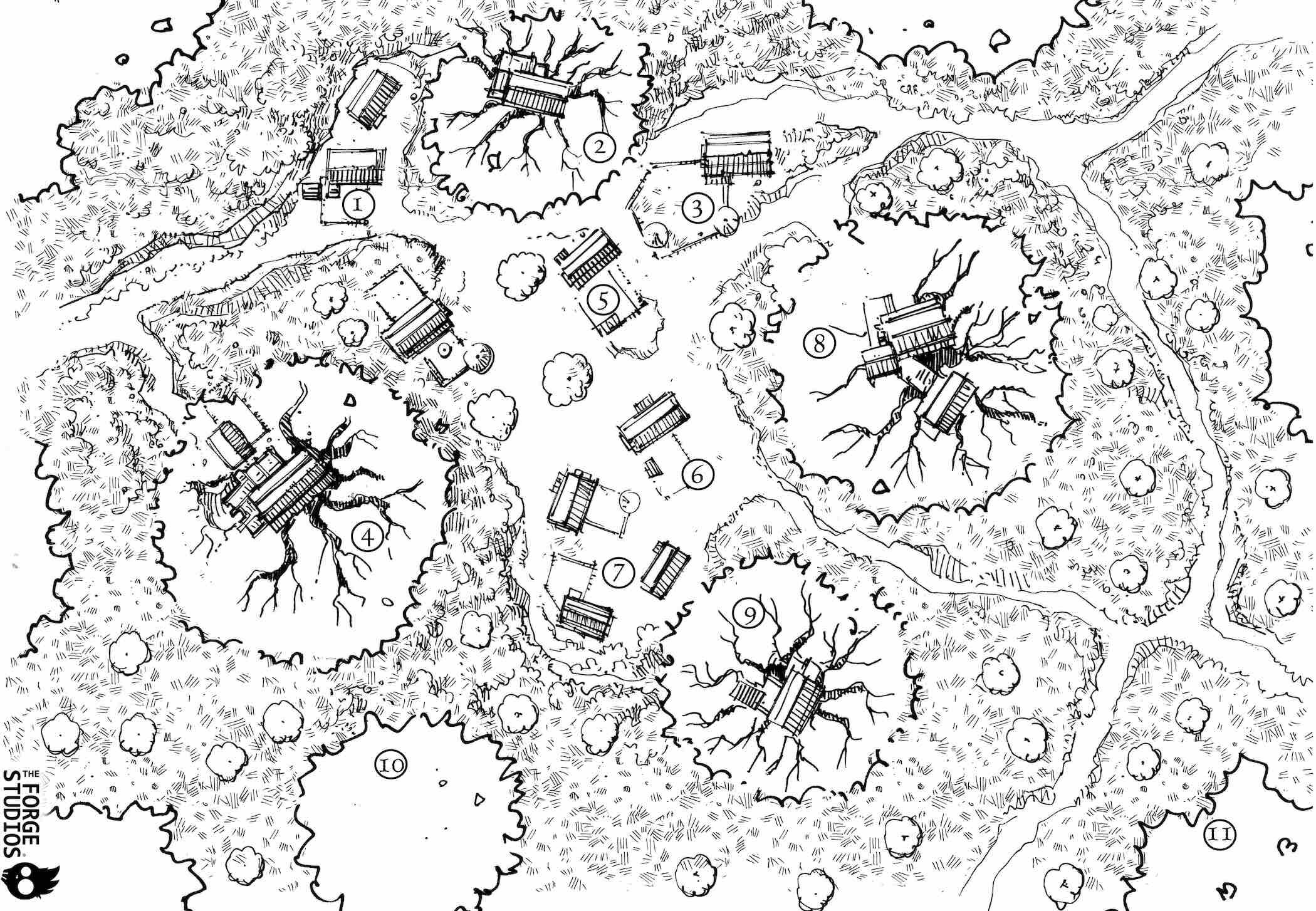
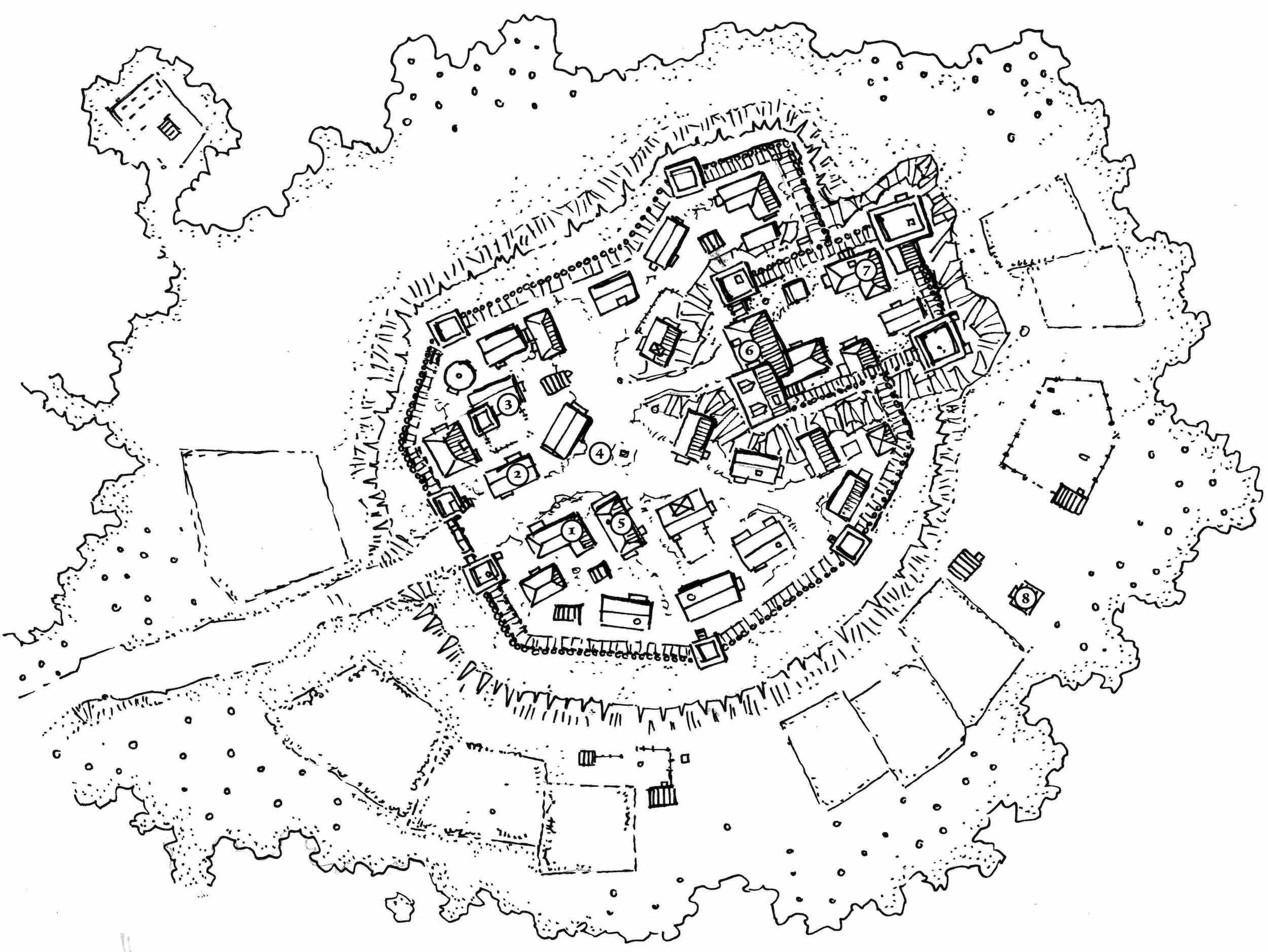

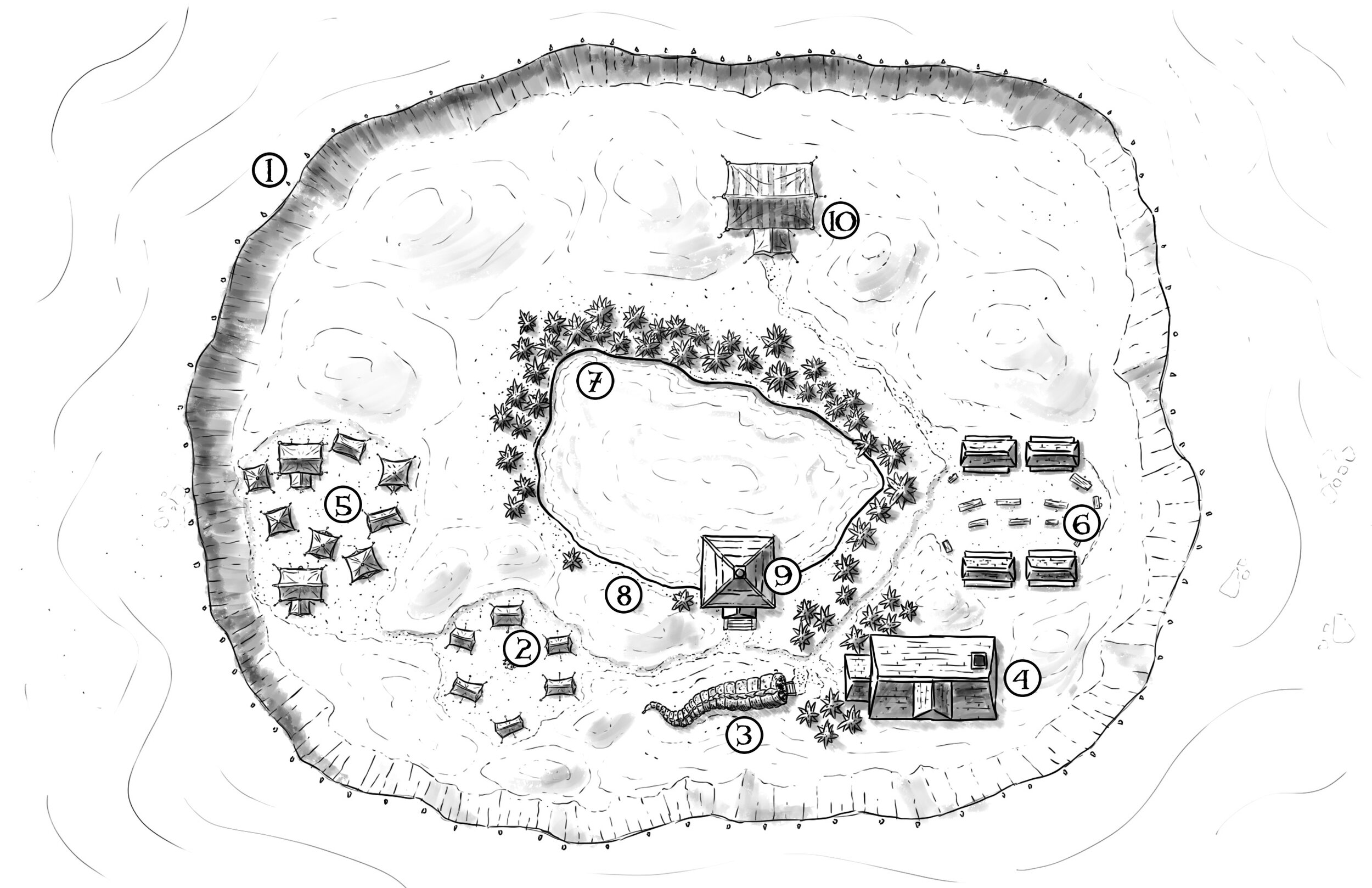
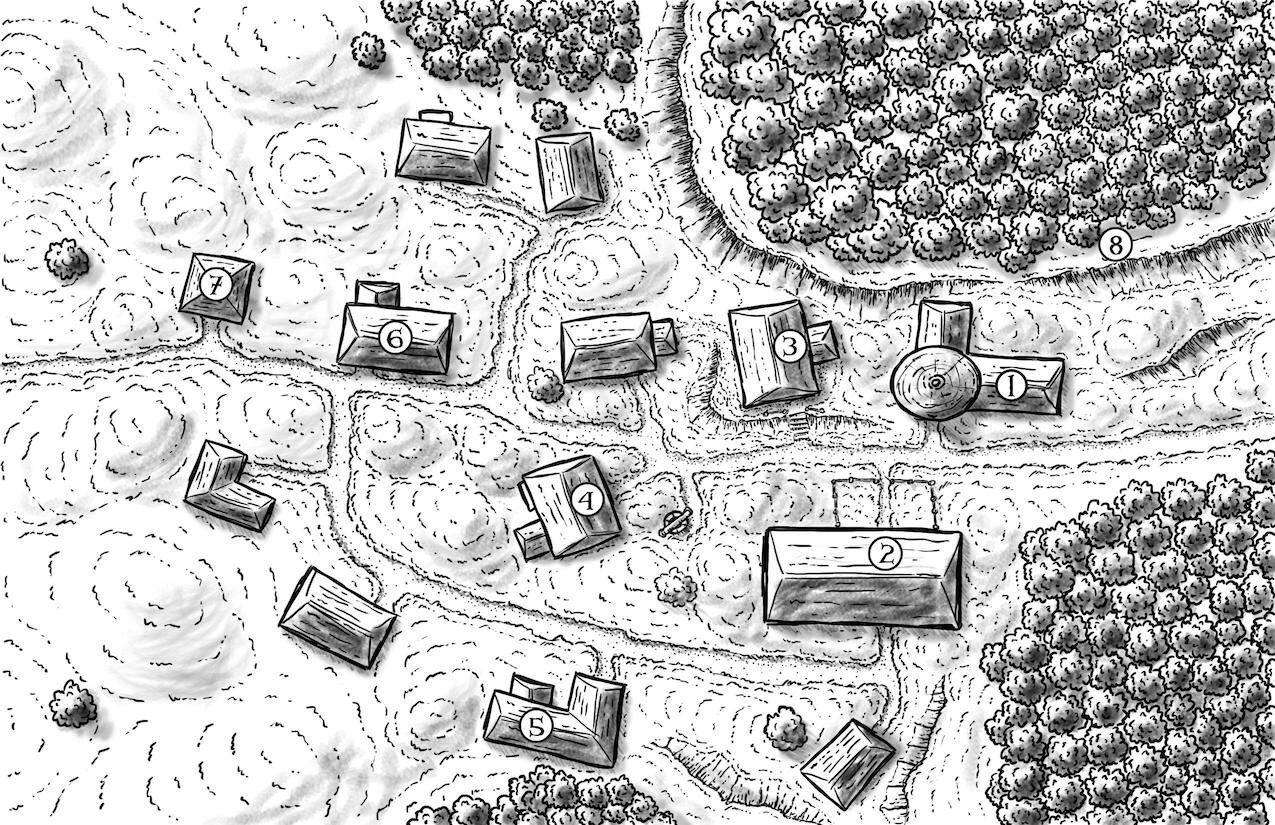
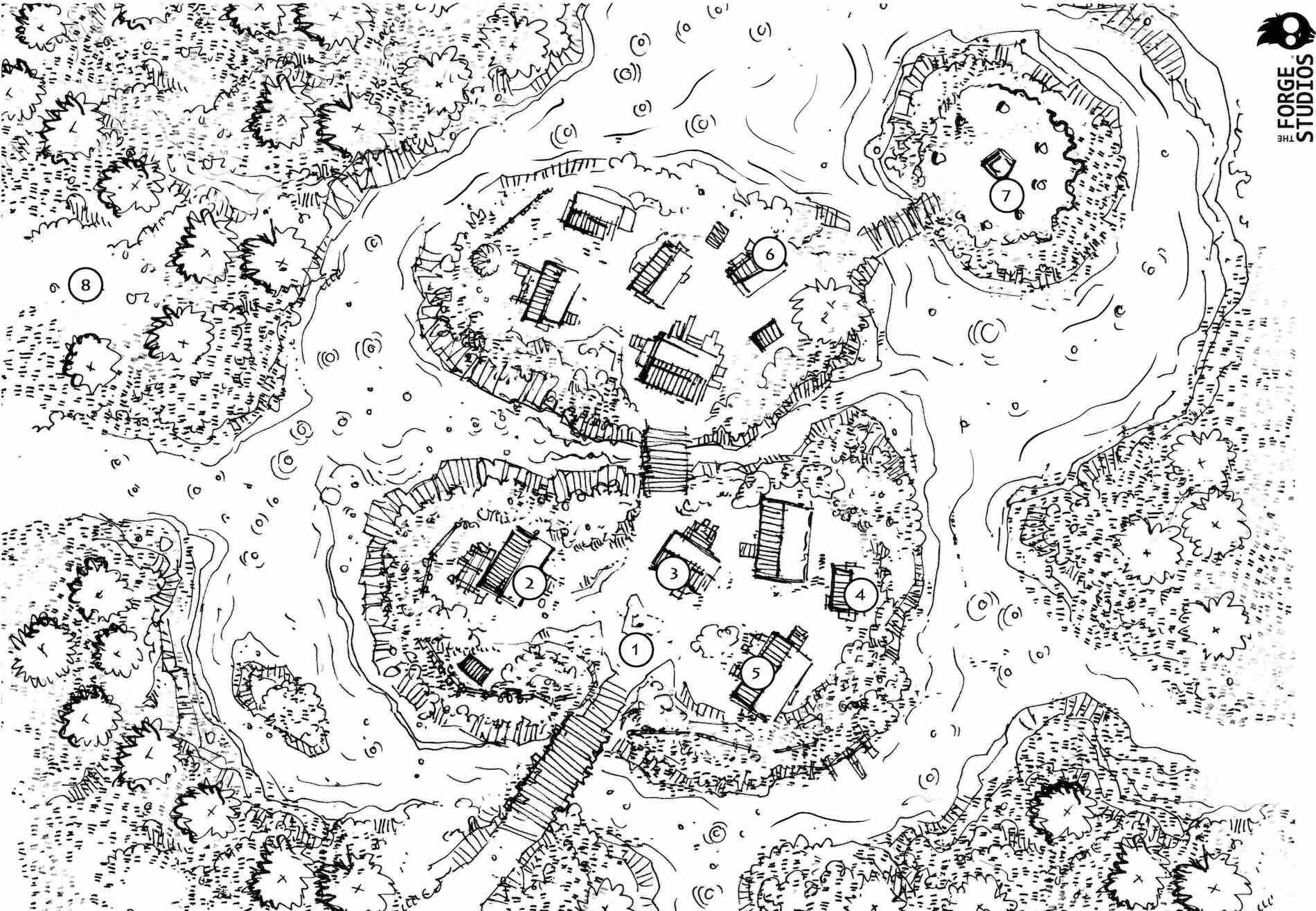
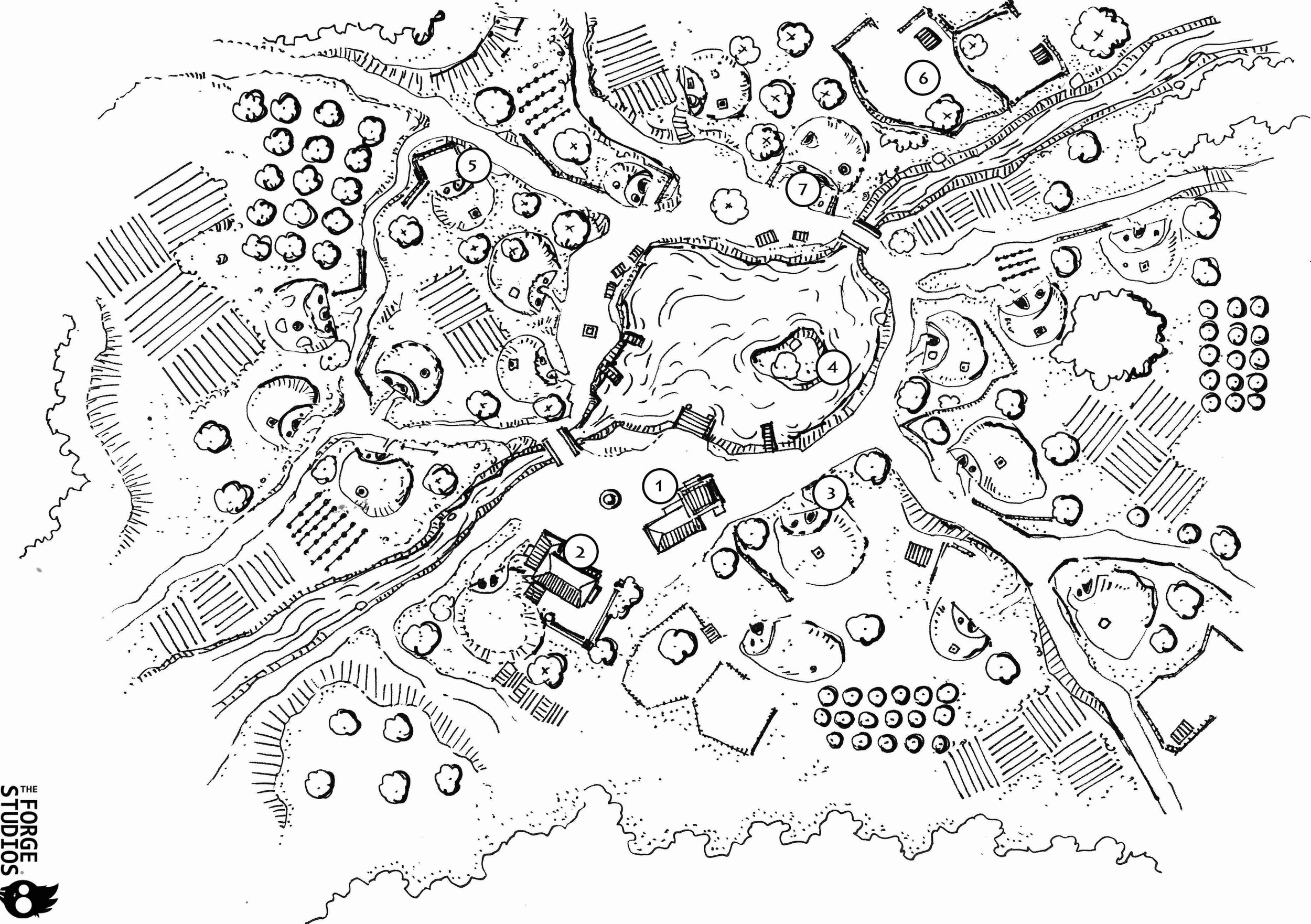

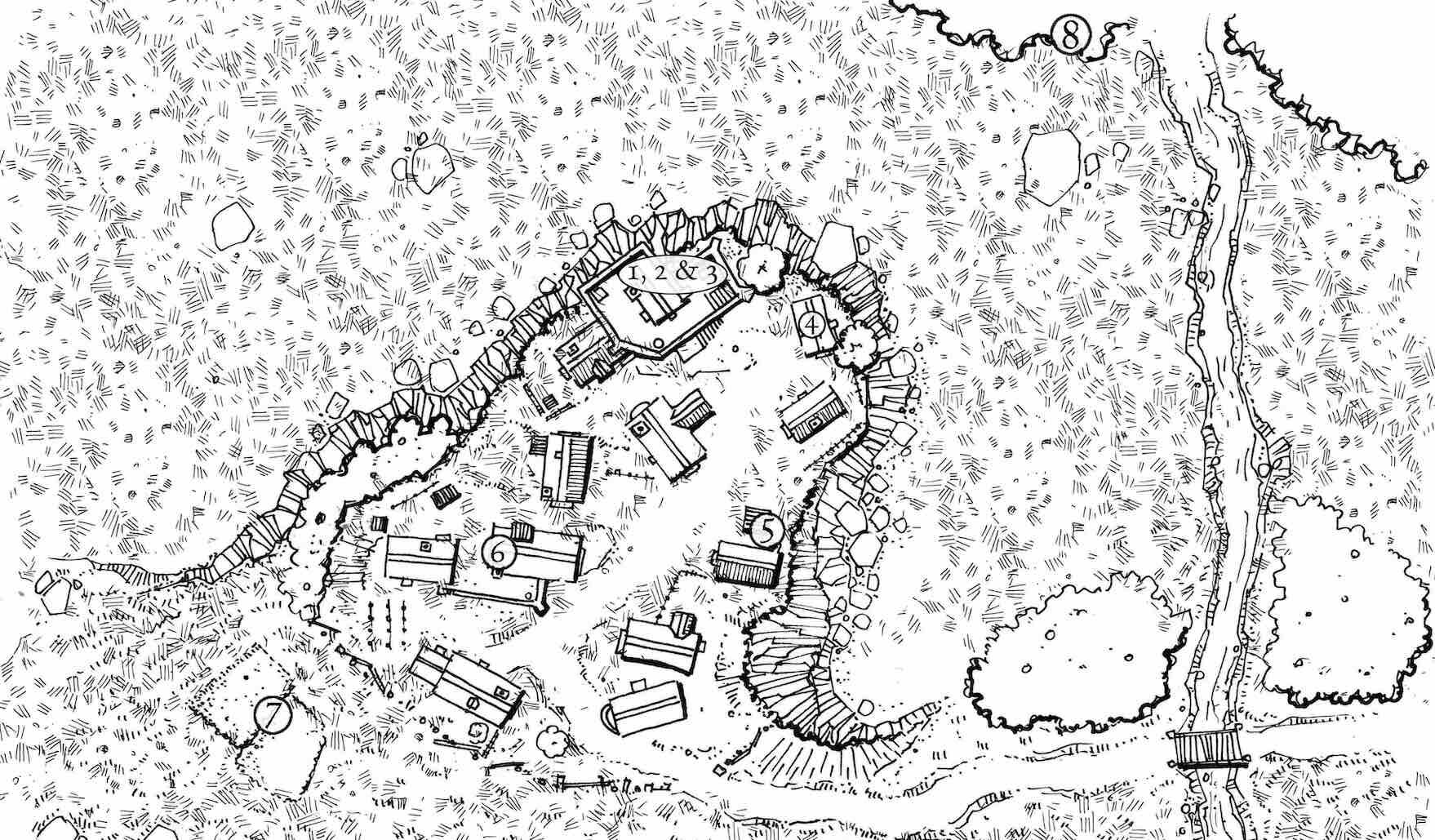

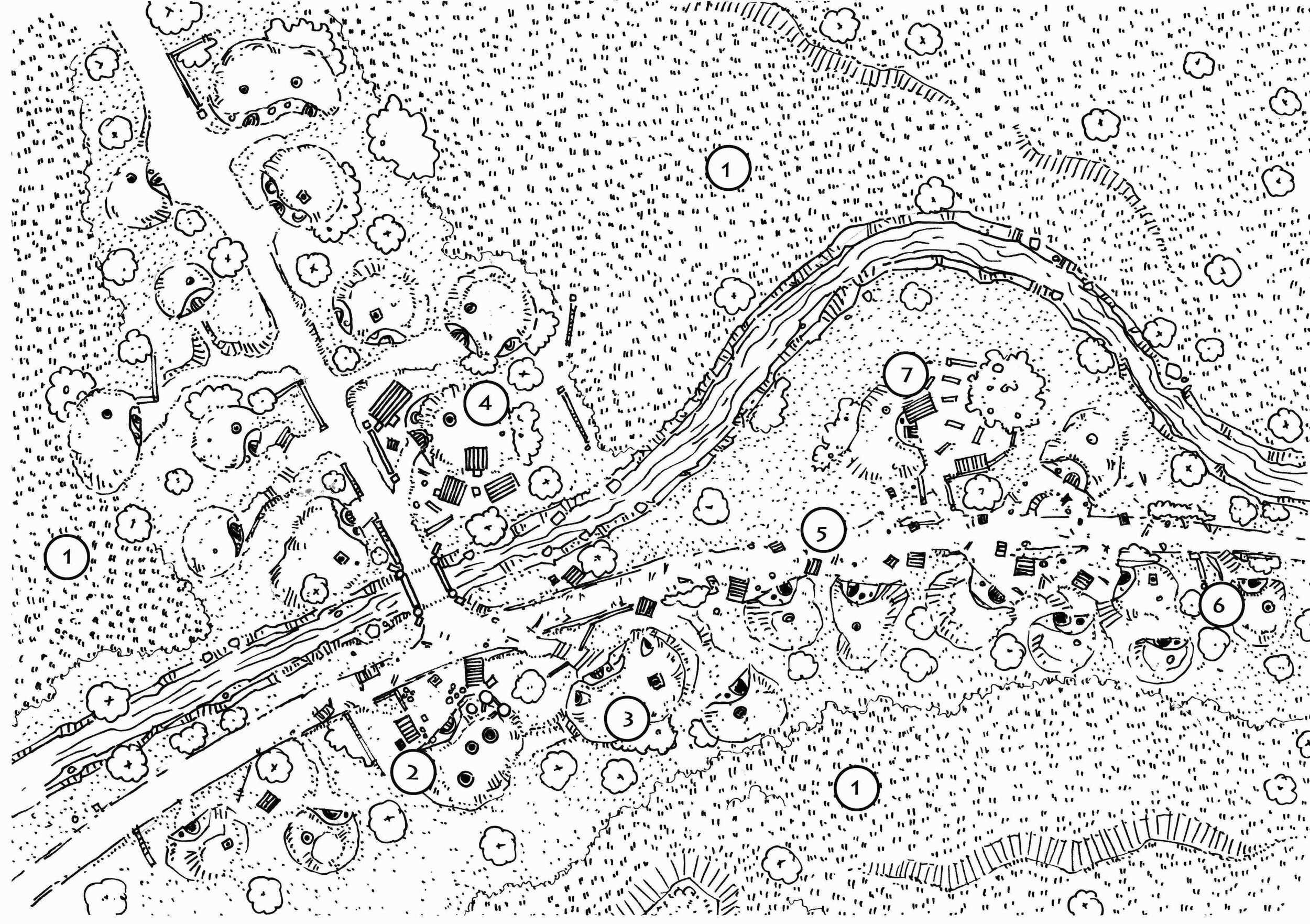
GM's Miscellany: Village Backdrop V
A Pathfinder 1st Edition Compatible GM’s Resource by John Bennett, Creighton Broadhurst, Jeff Gomez, Richard Green, David N. Ross, Amber Underwood and Mike Welham
Village Backdrops are short, richly detailed supplements that each present a single village ready to insert into almost any home campaign. Perfect for use as a waystop on the road to adventure, as an adventure site themselves or as a PC’s home, Village Backdrop present the details so the busy GM can focus on crafting exciting, compelling adventures.
GM’s Miscellany: Village Backdrops II comprises the following villages:
Black Wyvern
The village of Black Wyvern has prospered from the surrounding woodland, producing high quality lumber for shipbuilding and the finest sea chests for a hundred miles. Founded by a retired pirate captain and his crew, who drove the Bone Snapper orcs from the site, the new villagers soon found something much worse lurking among the trees. Now, nearly 20 years later, the captain and most of his crew are long dead and the surviving inhabitants must pay a dark price for their wealth, forced into a twisted pact that allows them to harvest the forest’s bounty.
Bleakflat
Lost to the north of nowhere, far beyond the reach of trade routes and prying eyes, a rocky bluff rises from barren soil. Here, deep amidst the frozen tundra, a ruined castle has been refitted into a tiny village. Ten hovels, whose rural architecture suggests structures five centuries old, surround a refurbished tower, and in this tower lives the mayor of Bleakflat. Wise and capable, he tends to his villagers as a shepherd to his sheep.
The very presence of such a remote village is enough to arouse suspicion. There are no ore mines here, no nearby dungeons, no ley lines or trade routes. The people seem simple enough, but they are somehow able to fend off the wolf packs roaming the land, and are unperturbed by the massive bats which attack the rare unannounced visitor. How? The people of Bleakflat are under the protection of a vampire, the mayor of the village and the only citizen with rosy cheeks and warm smile. The villagers trade their blood for his protection and care, and in turn he tends his flock well.
Byrnfort
At the edge of the Barainwood lies the woodcutter's village of Byrnfort. Under threat from massive, vicious beasts and shadowy horrors emerging from the forest, the villagers put their faith in the Green Men, a druidic cult promising protection from the forest's dangers. Now valuable goods flow from Byrnfort and attacks have lessened, but the village’s future remains uncertain. The cult and the local militia, the Brands, are increasingly at odds, and while prospects seem bright, there are costs to Byrnfort's prosperity. The villagers strive to protect their secrets and their way of life from prying eyes, but this grows ever more difficult as the village’s prosperity increases.
Dawnmarsh
Dawnmarsh is that rare breed of lizardfolk village that welcomes trade, offering secret regenerative elixirs, techniques to tame riding lizards, poisons of the marshes and fleet guides to navigate the hazardous terrain. Cultures clash among the stilted houses on the Dawnmarsh swampy islands—here, trade is useful but the very presence of foreign traders sparks tension with neighbouring tribes and cautious locals. Adventurers can find useful allies in innkeepers and lizardfolk youths who hear much as well as an elderly visionary. The sun-worshipping lizardfolk have begun to abandon traditions deemed vile by the visiting traders, but even partial betrayal of the old ways has given a foothold to lizardfolk warmongers interested in transforming Dawnmarsh from a place of healing to a place of war.
Farrav'n
Farrav’n and its oasis of crystal-clear water provides a haven of rest and relaxation in the cruel Luminous Desert. To the surprise of visitors, a tribe of gnolls, usually known as savage raiders and slavers, hospitably oversees the oasis. Acting under the auspices of the little-known nature goddess Rrav through her head priestess, the gnolls have given up their cruel heritage. They accommodate their guests without extorting money or enslaving them, unlike the gnolls controlling the only other nearby waystation, the Shadescar Oasis. The gnoll leader of the Shadescar tribe is displeased business has dried up, and rumours of a kinder, gentler location has begun to reach him. It is only a matter of time before the two tribes come into conflict.
Lanthorn
High up in the mountains, and often besieged by packs of murderous trolls, the village of Lanthorn stands as civilisation’s last glimmering light in an otherwise bleak and barren mountain range. A strange alliance of wizards—the Grand Conclave of Sublime Artificers—and a gaggle of (almost) civilised goblins—the Flaming Skull tribe—dwells in a bizarre atmosphere that is both scholarly and anarchic. Protected by high walls and gigantic magical lanterns imbued with portent fire magic, the wizards craft the mundane and wondrous items for which they are famed. Without the walls brave—or foolhardy—goblin “miners” search the nearby troll-haunted mines for lead and silver—some of which is reputed to have magical properties.
Needlebriar
Needlebriar lies in a remote corner of a large duchy. Years ago, war devastated the small halfling community, leading the villagers to commit heinous acts of cannibalism and murder to survive. The violence awoke an ancient spirit who granted the desperate halflings the power to hunt those who dared to harm them. Generations have passed and the halflings continue to hunt the nearby lands, transforming into beasts to sate their hunger. Dancing around raging bonfires, they hold bloody feasts, devouring their captive victims, in worship of the fell spirit of the land, becoming more like wild animals every day as they slink further into depravity. Many of the halfling have the tell-tale shake of cannibalism about them and shuffle about the village in heavy leather cloaks. Meanwhile, the rest of the duchy becomes more and more suspicious.
Quey's Glade
Quey’s Glade is rarely ever the in same place on the map twice, but it is always nestled in deep woods. Whenever a child is lost, alone and scared in the woods, she often finds her way to this village. Just as a terrifying monster bears down on its victim, the victim stumbles into Quey’s Glade with nary a sign of the pursuing beast. The way to this village is through intense negative emotion, but the inhabitants cheerily greet new arrivals to instantly dispel their fears and other troubles. As the world becomes more interconnected and the forests fall to woodcutters’ axes, Quey’s Glade slowly runs out of secluded locations to position itself. Also, the more intelligent monsters losing their meals to the village have begun to learn its secret and lurk in the forest beyond, decreasing the halo of safety around the village.
Ronak
Nobody knows Ronak exists. Or, more precisely, nobody remembers. Ronak was the last hope of a dying trade company, a desperate attempt to settle and explore a distant swamp. When the colony found nothing but lizardfolk (exterminated in short order), the trade company did not have enough gold to retrieve their employees. Ronak never heard from civilization again.
Centuries later, the dwarves of Ronak believe civilization to be but a myth. Over the generations, they have become more savage, reverting bit by bit to a primitive state. They are haunted and guided by the ghosts of the exterminated lizardfolk who seek the continuation of their culture. The dwarves speak a hybrid of Dwarven and Draconic, build thatch huts amid the colony’s ruins and worship a mixture of half-forgotten dwarven deities and heathen serpent gods. Most disturbingly, some dwarven children now bear scales and jagged teeth. Perhaps one day soon the lizardfolk will be born again, this time from dwarven mothers.
Skaalhaft
Skaalhaft is a whaling village, where the quarry are drakes, kraken and other magical aquatic beasts as well as more mundane prey. Each kill provides food and alchemical supplies for weeks, both for use in the village and profitable export. Whaling crews, marked with glowing tattoos, carved scrimshaw necklaces or strange arcane gifts, return with a prize or sometimes not at all. Back in Skaalhaft, women and children work in a miasmic processing mill. Stone faced and silent, they collect the valuable scales, blood and bone from rare beasts. The bay is thick with mutated sharks from the runoff of such arcane waste.
Despite the insular atmosphere, strangers roam the streets. A traveling wizard and alchemist, rich with gold from past misdeeds, make special requests of the whalers and pay their hires well. An orphaned daughter bent on revenge seeks her father’s killer among the villagers. And now the PCs have arrived...
Suurin
Suurin was supposed to be a halfling utopia, a return to the times before strife and prejudice; halfling burrows furnished in rich mahogany, cool streams and cobblestone bridges, green fields alive with laughing children. Unfortunately, these same green fields grow prodigious quantities of blue daffodil, a flower easily synthesized into the mind-numbing drug skez. Now, Suurin languishes under the control of drug racketeers who have transformed this haven into the skez capital of the realm. The roads are kept safe, not by city guards or peaceful inclinations, but by the iron first of a crime lord who knows chaos is bad for business.
Woodbridge
Ruled over for centuries by the scheming, ambitious Lorsch family, Woodridge is little more than a backwater village standing on the eastern bounds of the Duchy of Ashlar. Standing astride an ancient, now little-used trade route the village is a poor, but seemingly peaceful place. Its folk tend their small fields, pay their lord his due and are content to be left in peace. But all is not as it seems. Spies lurk among the populace, and dark forces gather which would see Woodridge’s lord, Hilduin Lorsch, converted to their faith or dead.
Format & Delivery
This is a digital product. Once you’ve checked out, you will receive a download link for your purchase.
This book is a Dual Format PDF. You’ll find two versions in the zip file: one optimised for printing and use on a normal computer and one optimised for use on a mobile device such as an iPad. The two versions are identical except the screen version has been compressed so it renders quicker on screen.

